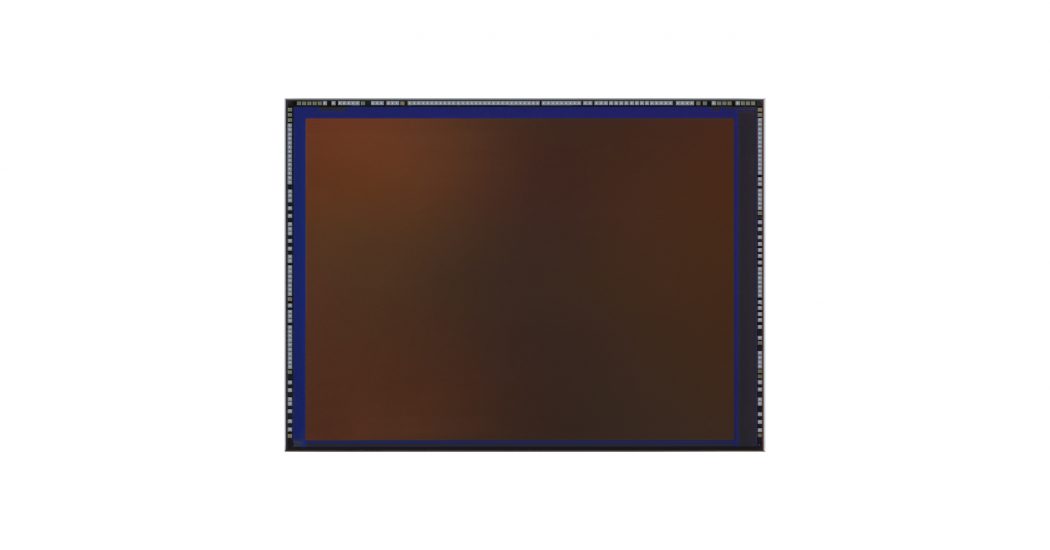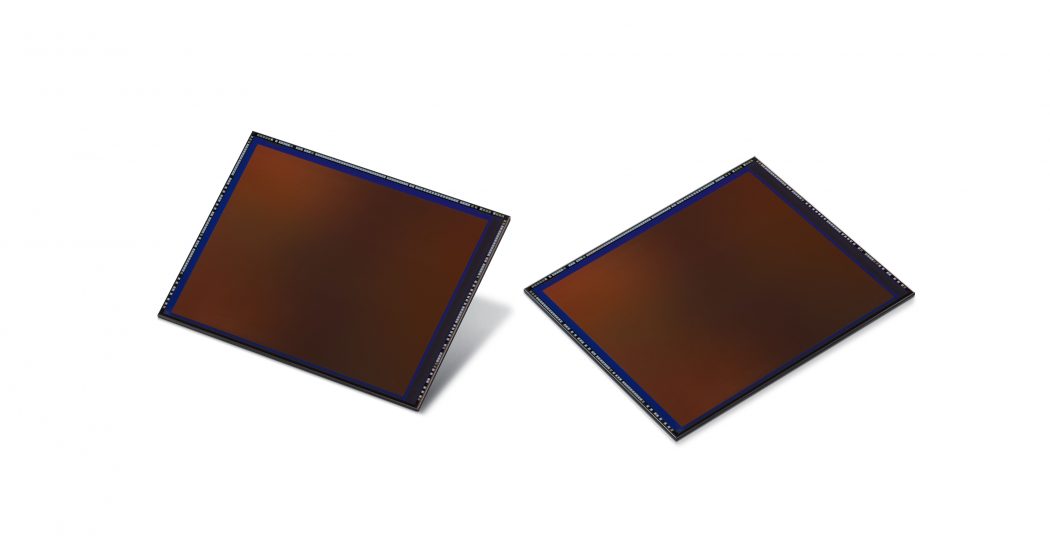Just yesterday, Samsung announced its new ISOCELL Bright HMX sensor. This is the world’s first sensor which can shoot beyond 100 million pixels. The ISOCELL Bright HMX sensor comes in collaboration with Xiaomi Corp. In fact, Xiaomi will be the company to use this sensor even before Samsung. With the new ISOCELL 108 MP shooter, the South Korean giant claims to deliver results equivalent to that of a DSLR.

For those interested in camera tech, the new HMX sensor uses Tetracell plus technology. This is the same pixel binning mechanism that we saw in the GM1, GD1 and the GW1 64 MP sensor. This 108 MP HMX sensor takes 4 x 27 MP sensors to form a 108 MP camera. The sensor size of 1/1.33-inch helps it to absorb more light. The phone can go down to 27MP to take brighter photos in the low light conditions. In bright conditions, the sensor switches to low ISO to improve pixel saturation. The Smart-ISO also helps capture vivid photos in brighter conditions.

HMX sensor can shoot 6K videos @30FPS. This is also a first for a smartphone camera.
Furthermore, Xiaomi’s co-founder and president Lin Bin said; “For ISOCELL Bright HMX, Xiaomi and Samsung have worked closely together from the early conceptual stage to production that has resulted in a groundbreaking 108Mp image sensor. We are very pleased that picture resolutions previously available only in a few top-tier DSLR cameras can now be designed into smartphones. As we continue our partnership, we anticipate bringing not only new mobile camera experiences but also a platform through which our users can create unique content.”
108 Mega-Pixels Camera – Do we need it?
Despite all those gimmicky figures and the exaggerated camera technology, the effective resolution for the 108 MP sensor remains 27 MP. The chances of capturing real 108 MP pictures with lossless quality is going to be nearly impossible.
Previously, we saw a 32 MP camera on the Samsung Galaxy A70. That camera also used Tetracell technology and offered better low-light technology. The Galaxy A70’s camera miserably failed when it came to picture quality. In fact, the phone captured in 32MP in only 1 mode. I talked about the Galaxy A70’s camera in detail in my A70 Camera review.
Similarly, the GM1 sensor by Samsung, which is used in some of the Galaxy A80 units and also in the Redmi Note 7 Pro, also uses the same tech. Realme X’s 64 MP camera, which is the Samsung GW1 sensor, also uses Tetracell plus and the effective resolution in that sensor is of 16 MP. You can learn everything about the A80’s camera in my review here.
Since Samsung keeps emphasizing on Tetracell technology, it is very important to understand how it works.
In other words, the Tetracell plus, on paper, changes the pixel size using algorithms to work in various lighting conditions.
The 32 MP camera is not a true 32 million pixels camera, the 48 MP is not true 48 million pixels, the 64 MP is not true 64 million pixels, lastly, the 108 MP is not true 100 million pixels shooter.
Knowing all that, why do we even need a camera which is only good to speak of?
Back in the day, we had the Nokia Lumia 1020 which drove the world crazy. The number of pixels used to matter at that time. A decade back, nobody really cared about the quality. Users wanted to have a camera with a higher number of pixels only.
The smartphones enormously improved photography. We returned to an era where the MPs just became a number and the focus was entirely on quality. For example, Apple hasn’t gone above 12 MP for its iPhone cameras, and it is among the best camera smartphones right now. Samsung itself hasn’t gone beyond 16MP on its phones like the Galaxy S10 and Note 10 lineup, then why does it keep adding 48 or 64 MP cameras to its low-end phones?
There seems to be a figure war going on between the Chinese phone makers only. Almost all the Chinese companies prefer adding a monstrous number of megapixels to their phone cameras, but that isn’t improving phone photography.
We would love to see quality improvement rather than the quantity. Let me know in the comments section down below about your thoughts on the HMX 108 MP sensor.













